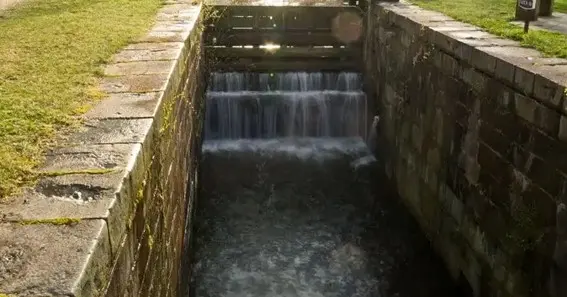What is a cistern? A cistern is a bedrock or soil excavation used to collect and store water. The cistern is walled with hydraulic plaster to prevent leaks. Cisterns store rainfall, whereas cesspools remove hazardous waste. Due to their environmental friendliness, they are ideal for household and agricultural usage. This book covers cisterns’ history, usage, location, construction, decommissioning, and environmental impacts.
What Is a Cistern?
A cistern is a hole dug in the ground or rock to collect and store water. The inside of the cistern is often lined with hydraulic plaster to keep water from leaking out. Ancient Greeks and Romans utilized cisterns initially. They used complex canals to transfer rainfall into large underground lakes.
City residents survived droughts because of these early cisterns’ pure water. Cistern forms and uses have changed as society and technology have advanced. Cisterns are still vital for water management, especially in areas with little or unstable public water supplies. Cisterns collect rainwater to supply family water requirements, reduce dependency on restricted water sources, and reduce urbanization’s impact on natural water cycles.
A cistern is a holding tank that collects and stores water—often rainwater—to help various sectors (residential, agricultural, and industrial) conserve resources and support sustainability efforts.
How Do Cisterns Help Different Sectors Conserve Water And Be Sustainable?
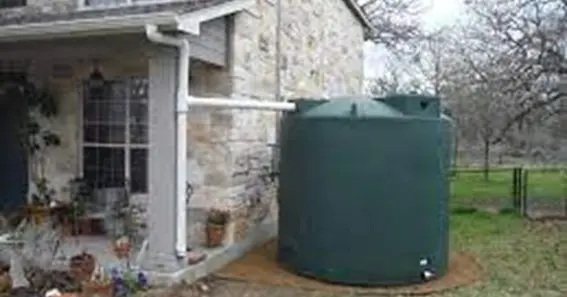
The versatility of cisterns makes them vital to water cleanliness. Collecting rainwater for washing clothes, flushing toilets, and watering plants reduces residential water use. Cisterns store water for industrial cooling systems and operations, saving money and the environment. This shows how adaptable and environmentally friendly cisterns are for saving water nowadays.
Water Use At Home
People use cisterns to hold water for flushing toilets, washing clothing, and watering plants. People collecting rainwater for these purposes can significantly reduce their public water consumption. Cisterns are an inexpensive, eco-friendly way to live since they conserve water and electricity.
Farm Crop Watering
Cisterns provide water for crops, livestock, and other farming duties in rural locations. Farmers can grow more food, reduce droughts, and handle water resources sustainably by collecting and preserving rainfall. This maintains water flow even in dry conditions, encouraging robust growth strategies.
Industry And Business
Cisterns hold enormous volumes of water for cooling, building maintenance, and manufacturing in commercial and industrial environments. Cisterns in water management strategies make businesses more environmentally friendly, water-efficient, and productive. A company that uses rainwater for non-drinking purposes helps the environment.
Locating Cisterns And Hidden Reservoirs
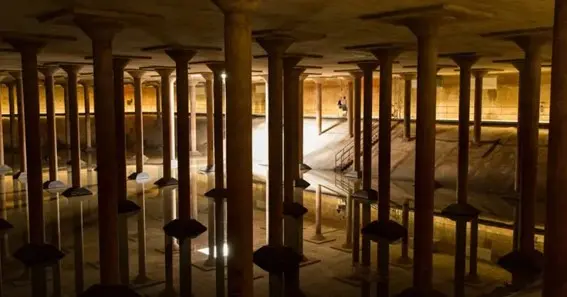
The underground placement of private cisterns makes them hard to discover. There are several approaches to uncovering these secret reservoirs:
How People Settled
Settlements or hollows in the garden or adjacent areas may indicate a secret tank. The tank’s construction might deteriorate, leaving these visible symptoms. These designs provide indications for finding subsurface tanks.
GPR Imaging
Ground-penetrating radar (GPR) scans and photographs subsurface objects using electromagnetic radiation. This non-intrusive method helps property inspectors identify cisterns. The GPR is excellent for detecting cisterns since it can precisely locate and map their size and shape.
Ensure Structure Safety And Integrity
Over time, rust, soil erosion, and earthquakes can weaken tank frames. These issues can weaken tank walls, causing them to collapse or leak. Checking and maintaining cisterns, especially those decades or centuries old, is crucial to their safety and structural integrity.
Cistern Decommissioning
Decommissioning unsafe or unhealthy cisterns is a delicate operation. Dumping the water, cleaning the tank, and filling it with sand or rock to prevent reuse is typical. Dismantling safely and successfully requires expert aid and compliance with local laws and environmental requirements.
Environmental Impact Due To Cistern
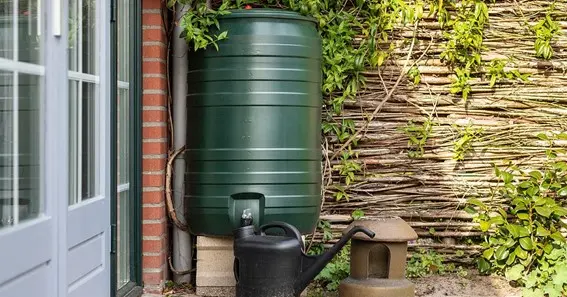
Using rainwater for household, agricultural, and commercial requirements is one of the cisterns’ environmental benefits.
Reduce Water Utilization
Cisterns reduce municipal water use, protecting limited water resources and relieving public water systems. In droughts or water shortages, this saving is crucial.
Managing Stormwater
Cisterns catch and store rainwater, reducing stormwater runoff, floods, erosion, and pollution. Rainwater management via cisterns improves city and rural health.
Reduce Carbon Emissions
Using rainwater for other purposes reduces energy and carbon emissions needed to process, transfer, and distribute drinking water. The long-term benefits include safer water management and climate change mitigation.
Modern Uses And Benefits Of Cistern
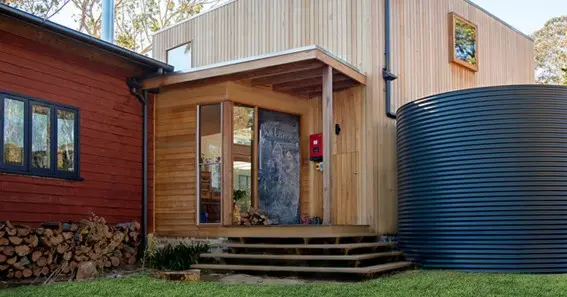
Cisterns are still helpful for water management today. Water shortages and city pollution are becoming concerns. Cisterns are functional and durable.
Water Conservation At Home
Cisterns gather rainwater for non-drinking applications, saving homeowners water. Water costs drop as people become less dependent on city water. Using rainwater for gardening, toilets, and washing may minimize a family’s water usage, encouraging greener living.
Agricultural Resilience
Cisterns provide a consistent water supply for agriculture, making it more robust. This is crucial in drought-prone areas. Farmers can collect rainwater during rainy seasons to provide water for crops and animals during dry periods. It boosts food security and sustainability.
Industrial Efficiency
Cisterns store enormous volumes of water for industrial and corporate usage, improving water management. Cisterns can reduce local water requirements and expenses for water-intensive businesses like manufacturing and cooling systems. This reduces water use’s environmental impact, making firms greener.
Conclusion
Cisterns demonstrate how old and new may handle water control challenges. Cisterns help promote water efficiency as environmental and water concerns develop. Discovering and using cisterns may improve property management, environmental responsibility, and living in a city or rural location. Cisterns are a proven technique for managing water resources, helping cities thrive worldwide.
FAQ
How Can I Check My House For A Cistern?
Ground-penetrating radar scans, garden settlement marks, or hollow places can indicate a tank.
Are Cisterns Still Relevant?
Of course. Water storage with cisterns is durable, especially in areas with little water or where rainwater collection is shared.
What Do I Need To Do To Maintain My Tank?
Regularly inspect for structural damage and leaks. It may need cleaning and maintenance depending on use and the environment.
Can I Repurpose A Cistern?
Checking and repairing antique cisterns can make them practical for residential or commercial water storage.
How Can I Securely Switch Off My Property Tank?
Consult underground tank removal professionals for the safest and most effective cistern emptying or filling.
In Ancient Times Which Civilization Used Cistern?
Greeks and Romans used cisterns.
Find some interesting posts here ravinns.com
We have covered all the below topics in the above article
Cistern definition
Purpose of a cistern
Types of cisterns
How a cistern works
Sources:
https://en.wikipedia.org/wiki/Cistern
https://www.angi.com/articles/cisterns-deep-trouble-or-untapped-resource.htm
